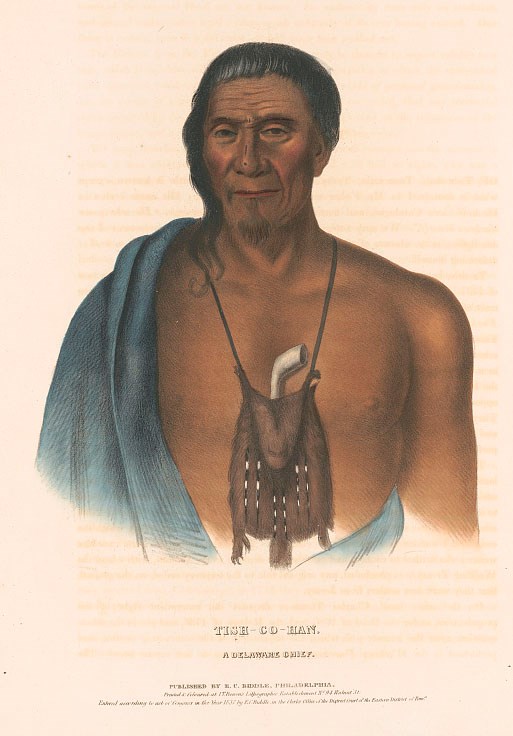Part of a series of articles titled Selections from Historic Contact: Early Relations Between Indian People and Colonists in Northeastern North America, 1524-1783.
Article
Historic Contact in the Northeast: Geographical Data

From the collections of the Library of Congress. https://www.loc.gov/item/2013645360/
Selections from the National Historic Landmark Theme Study
By: Robert S. Grumet, National Park Service, 1992
Geographical Data
As many as 250,000 Algonquian, Iroquoian, or Siouian-speaking descendants of people who had first come to North Atlantic shores at least 11 millennia earlier were living on lands within what are now 14 states and the District of Columbia in the US northeast.[1] As many as 250,000 Algonquian, Iroquoian, or Siouian-speaking descendants who had first come to North Atlantic shores at least 11 millennia earlier were living on lands currently within these state boundaries when Western Europeans began sailing to the area with some regularity during the last decade of the 15th-century. Although these people belonged to different social, political, and cultural groups, all used broadly similar types of stone tools, clay pots, and other domestically produced implements and weapons to feed, shelter, and cloth themselves and their families. Many of the tools and techniques they employed to hunt, fish, and forage had been in use in the Northeast in one form or another for thousands of years. Other developments, such as corn, bean, squash, and tobacco cultivation and the bow and arrow, were more recent innovations probably first introduced into the area sometime during the Late Woodland period between 1,100 and 500 years ago.
Although earlier contacts may have occurred, Indian people living along what is now the Northeastern coast of the United States first began meeting large numbers of Western European mariners from Spain, Portugal, France, England, the Low Countries, and Scandinavia during the 16th-century. The effects of these encounters ultimately were felt throughout the Northeast and the rest of North America. While several Europeans made attempts to colonize the coast during the 1500s, none succeeded in establishing permanent settlements until the following century. Taking advantage of new developments in sail, ship, and gun technology, these newcomers located their largest settlements around Massachusetts Bay, the Connecticut River valley, the lower reaches of the Hudson and Delaware Rivers, and Chesapeake Bay. Expanding outward from these centers, they struggled with Indian people and each other for survival and supremacy throughout the remaining years of the colonial era. During this time, colonial population in the Northeast rose from nothing to nearly 2,500,000 (including 500,000 people of African origin) as Indian population dropped as much as 90% below its pre-contact level. Although relations between natives and newcomers continue to the present day, the initial phases of historic contact in much of the Northeast ended in 1783 when colonists winning their own independence from Great Britain began to assert sovereignty over all Indians within lands claimed by the new republic.
[1] Connecticut, Delaware, New York, Maine, Maryland, Massachusetts, New Hampshire, New Jersey, Ohio, Pennsylvania, Rhode Island, Vermont, Virginia, DC, and West Virginia.
Last updated: May 16, 2019
